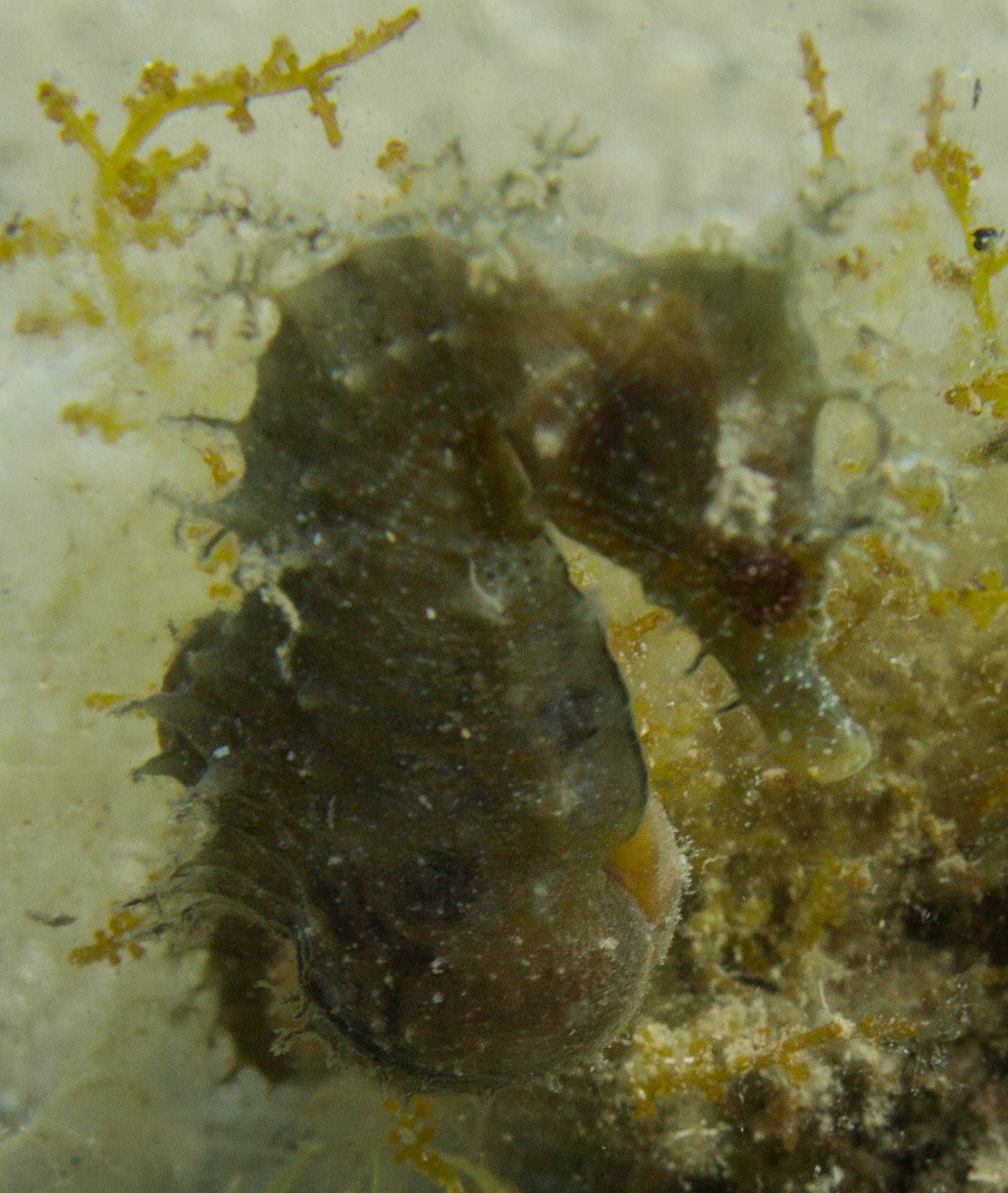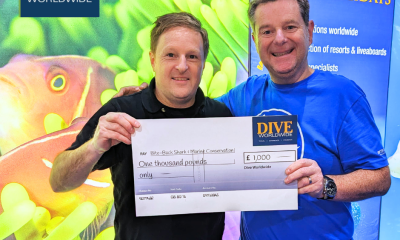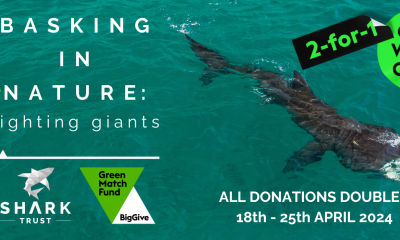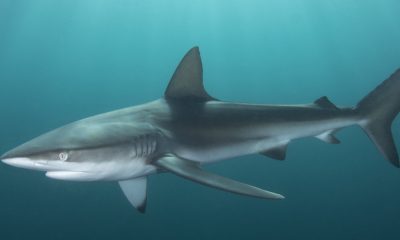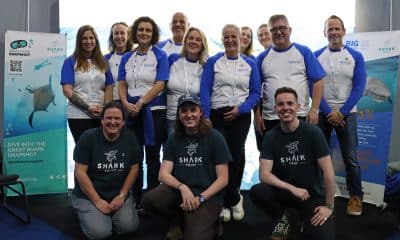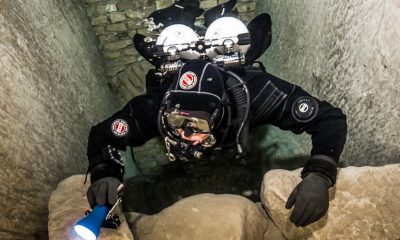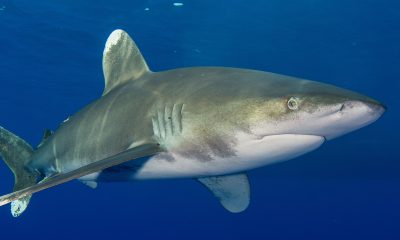News
Kenna Eco Diving Seahorse Project
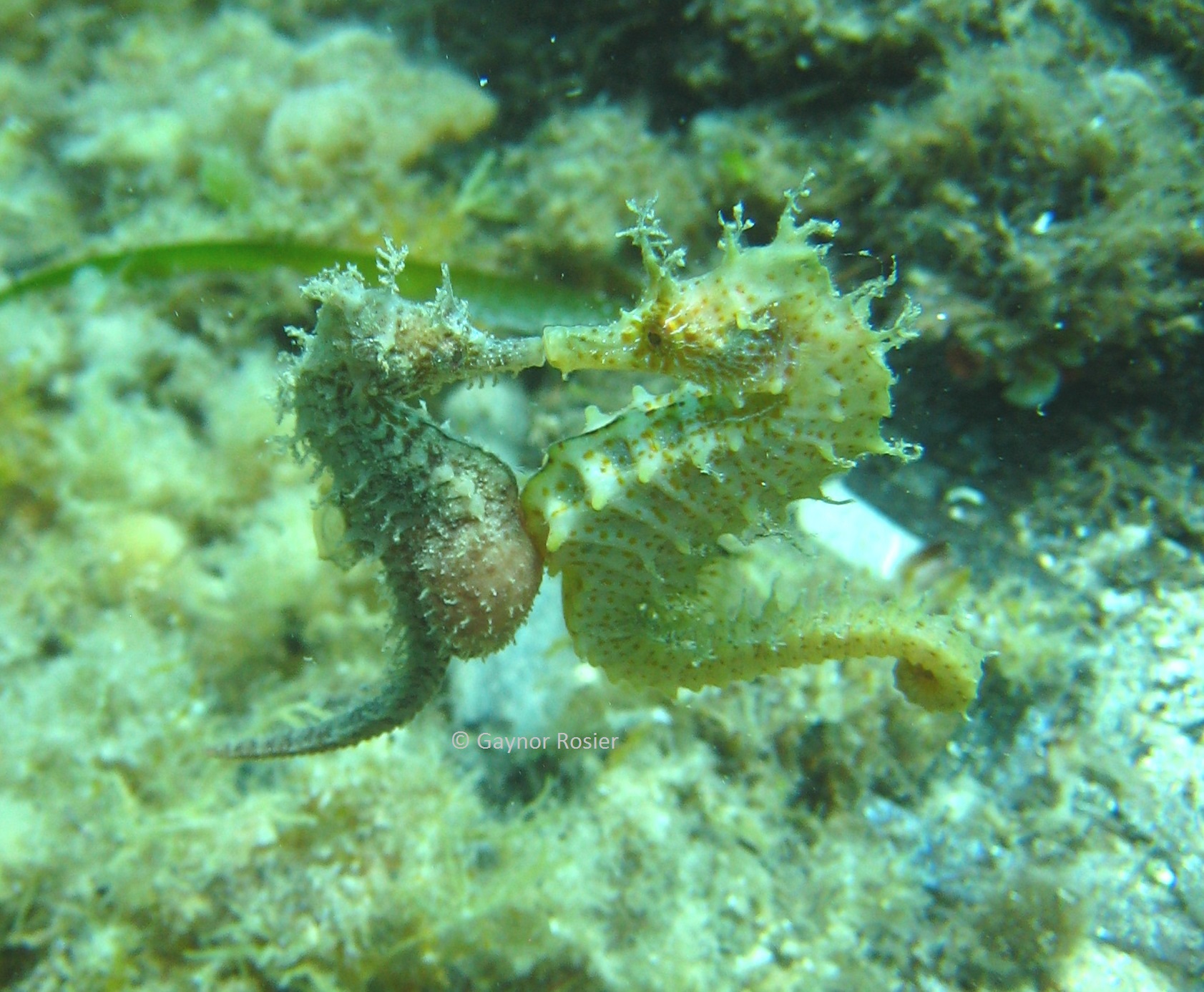
Why study seahorses?
Seahorses are strange and mythical creatures that have many unique characteristics. They are classed as “Data Deficient” in CITES (Convention on International Trade in Endangered Species of Wild Fauna and Flora) because they are very challenging to study in the wild and there is much that we do not know about their secretive lives.
Seahorses represent habitats that need protection and help to advance marine conservation, serving as excellent flagship species for a wide range of marine conservation issues.
Threatened by overexploitation
Seahorses are exploited world-wide in their millions for use in Chinese medicine, as curios, snacks, and for the aquarium trade. In Hong Kong they sell for $550 per pound, and the illegal trade is so lucrative that smuggled stashes worth many thousands of dollars on the black market are discovered regularly.
The male brooding that is a unique characteristic of seahorses means that the young depend on parental survival for far longer than in most fish. They are mainly monogamous, at least during a season, and widowed animals don’t reproduce until they find a new partner. Their low population density means that lost partners are not quickly replaced. Seahorses are poor swimmers. Low adult mobility and small home ranges restrict recolonization of depleted areas.
Seahorses comprise one genus (Hippocampus) of the family Syngnathidae, which means “fused jaw”. Pipefish and seahorses diverged during the Late Oligocene. Hippos means “horse” and Campus means “sea-monster.”
Seahorses’ unique characteristics include a horse-like head, independently moving eyes, like a chameleon; a brood pouch, called a marsupium, in which the male nourishes the developing young. With their ability to change colour they are masters of camouflage and have filaments that they can grow and reabsorb that help them to blend into the background. Seahorses have no scales, but bony plates under the skin. The prehensile tail is made up of bony plates that can slide across each other to withstand the crushing force of a bird or turtle beak. This amazing design of nature is now being studied for use in body armour and robotics. In fact, the only similarity to other fish is having gills and fins (which oscillate at 35 to 70 beats per second!).
There are 54 recognised species of seahorses within the genus Hippocampus, mostly in tropical seas. In Europe we have only two species: Hippocampus hippocampus and Hippocampus guttulatus. They are classified as “Near Threatened” on the Mediterranean Red List.
Breeding
Breeding is controlled by several factors, the most obvious being the availability of a mate. Some of the females in the Kenna Eco Diving Seahorse Project study area seem to lack a mate and, due to the monogamy of seahorses, are unlikely to find one. Lone females have been seen to travel a hundred square meters, over the course of a week, in search of a mate.
Males have a home range of just a few square meters and mated females have a larger, overlapping territory.
Seahorses perform a daily greeting ritual that reinforces the pair bond.
The number of hours of daylight controls female egg production and male incubation period, with seawater temperature having a reinforcing effect. Seahorse eggs are 5 times bigger and 10 times heavier than other marine fish eggs.
Captive breeding success
Following a decade of research in Spain and Portugal, the European Spiny seahorse is now being bred in captivity with a 90% survival rate. This is a much higher survival rate than in the wild, and aquarium specimens should now all be captive bred.
However, they cannot be released to repopulate the sea until habitat destruction and illegal fishing is prevented. Seahorses are naturally predated upon by Octopus, Scorpionfish, Turtles and Sea birds. But the greatest predator is man!
Seahorse fry spend their first few weeks as part of the plankton, where they are eaten by pelagic species, until the survivors settle into the safety of the seagrass. Less than 1% live to reach adulthood.
Feeding
The horses head shape evolved for pivot feeding to give greater reach and eliminate wake to catch their tiny but very quick copepod prey unawares. Seahorses have a 1 millisecond strike and a 90% catch rate. The independent eyes allow them to focus on prey whilst also keeping an eye out for predators. Food is sucked in through the snout. They have no teeth or stomach, so food has to be easily digestible. Adults eat 70 copepods (Mysis shrimp) per day. Seahorse fry eat thousands during their pelagic stage.
Kenna Eco Diving Seahorse Project
This project is studying the two European species of seahorses that live in the Mediterranean Sea: Hippocampus hippocampus and Hippocampus guttulatus.
Field research is challenging due to several issues. Seahorses are very hard to spot due to their amazing camouflaging abilities. Finding sparse populations is very difficult. In fact, I spent 15 years searching before finding a pair by accident!
They are shy and easily stressed. Therefore excellent buoyancy control is required to avoid disturbing them. Volunteers with Kenna Eco Diving practice buoyancy exercises before being allowed to visit “Seahorse City”, the nickname given to our study area.
In order to identify and monitor individuals we take macro photos using only ambient light. This is because seahorses are especially sensitive to light. They carry dormant diseases that can take hold if they become stressed. We have to gather data without disturbing them.
During our 2014 research season 28 individuals were catalogued, each with ID photographs and a fitting name. Mr Itchy was christened because of his use of his tail in a strange scratching behaviour*. It was suspected that he was suffering from one of the skin diseases that can cause a rapid death. Fortunately the behaviour ceased after several weeks and he was still around at the end of summer before the group moved off to over-winter deeper in the shelter of the Posidonia oceanica seagrass meadow.
Meet Mr Itchy in this video:
[youtube id=”lqITwF3yYBI” width=”100%” height=”400px”]
News
Dive Worldwide Announces Bite-Back as its Charity of the Year

Over the next 12 months, specialist scuba holiday company Dive Worldwide will be supporting Bite-Back Shark & Marine Conservation with donations collected from client bookings to any one of its stunning dive destinations around the world. The independently-owned operator expects to raise £3000 for the UK charity.
Manager at Dive Worldwide, Phil North, said: “We’re especially excited to work with Bite-Back and support its intelligent, creative and results-driven campaigns to end the UK trade in shark products and prompt a change in attitudes to the ocean’s most maligned inhabitant.”
Bite-Back is running campaigns to hold the media to account on the way it reports shark news along with a brand new nationwide education programme. Last year the charity was credited for spearheading a UK ban on the import and export of shark fins.
Campaign director at Bite-Back, Graham Buckingham, said: “We’re enormously grateful to Dive Worldwide for choosing to support Bite-Back. The company’s commitment to conservation helps set it apart from other tour operators and we’re certain its clients admire and respect that policy. For us, the affiliation is huge and helps us look to the future with confidence we can deliver against key conservation programmes.”
To launch the fundraising initiative, Phil North presented Graham Buckingham with a cheque for £1,000.
Visit Dive Worldwide to discover its diverse range of international scuba adventures and visit Bite-Back to learn more about the charity’s campaigns.
MORE INFORMATION
Call Graham Buckingham on 07810 454 266 or email graham@bite-back.com
Gear News
Scubapro Free Octopus Promotion 2024
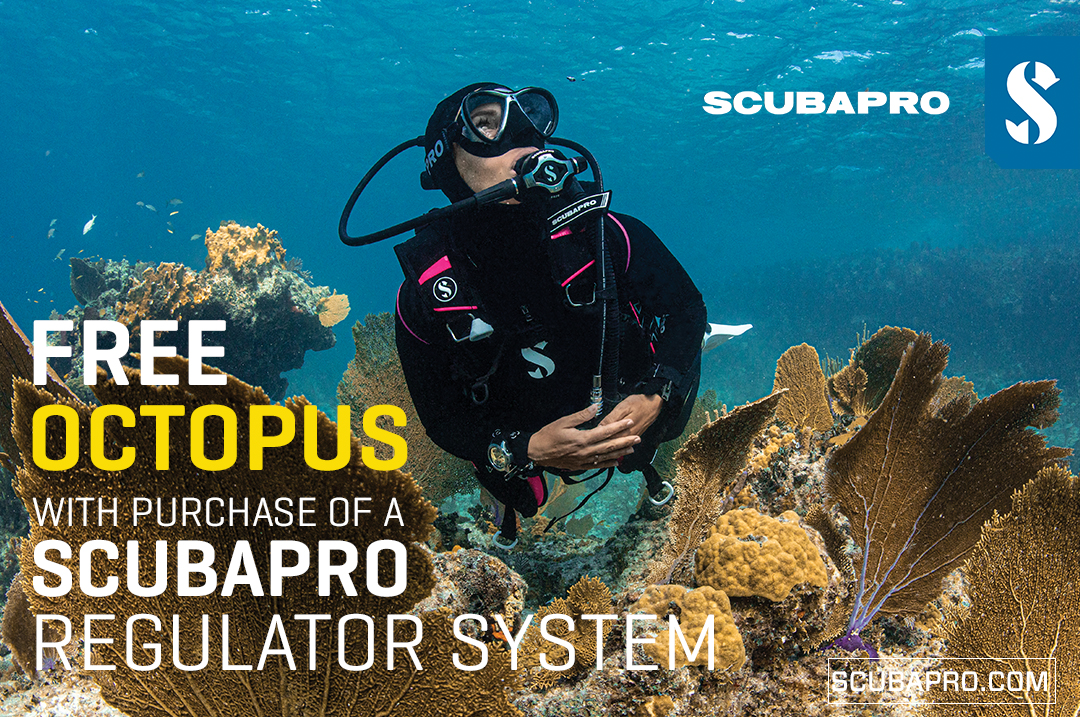
Free Octopus with every purchase of a SCUBAPRO regulator system
Just in time for the spring season, divers can save money with the FREE OCTOPUS SPRING PROMOTION! Until July 31st SCUBAPRO offers an Octopus for free
with every purchase of a regulator system!
Get a free S270 OCTOPUS with purchase of these combinations:
MK25 EVO or MK19 EVO with A700
MK25 EVO or MK19 EVO with S620Ti
MK25 EVO or MK19 EVO with D420
MK25 EVO Din mit S620Ti-X
Get a free R105 OCTOPUS with purchase of the following combinations:
MK25 EVO or MK19 EVO with G260
MK25 EVO or MK17 EVO with S600
SCUBAPRO offers a 30-year first owner warranty on all regulators, with a revision period of two years or 100 dives. All SCUBAPRO regulators are of course certified according to the new European test standard EN250-2014.
Available at participating SCUBAPRO dealers. Promotion may not be available in all regions. Find an authorized SCUBAPRO Dealer at scubapro.com.
More information available on www.scubapro.com.
-
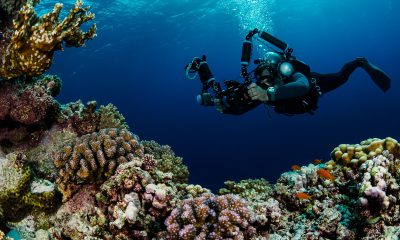
 News3 months ago
News3 months agoHone your underwater photography skills with Alphamarine Photography at Red Sea Diving Safari in March
-
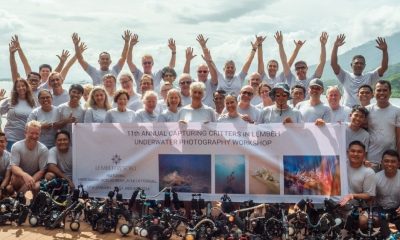
 News3 months ago
News3 months agoCapturing Critters in Lembeh Underwater Photography Workshop 2024: Event Roundup
-
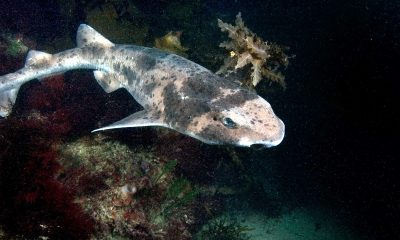
 Marine Life & Conservation Blogs3 months ago
Marine Life & Conservation Blogs3 months agoCreature Feature: Swell Sharks
-
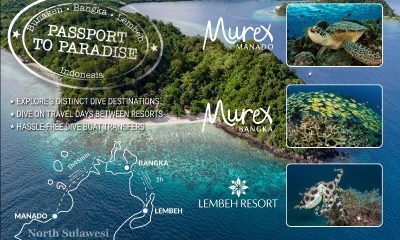
 Blogs2 months ago
Blogs2 months agoMurex Resorts: Passport to Paradise!
-
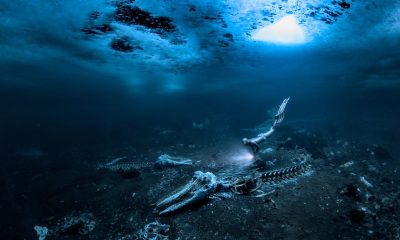
 Blogs2 months ago
Blogs2 months agoDiver Discovering Whale Skeletons Beneath Ice Judged World’s Best Underwater Photograph
-
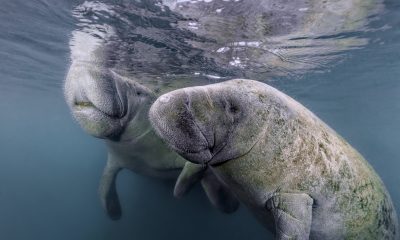
 Marine Life & Conservation2 months ago
Marine Life & Conservation2 months agoSave the Manatee Club launches brand new webcams at Silver Springs State Park, Florida
-
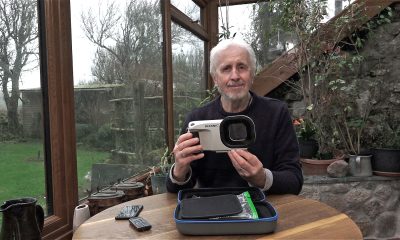
 Gear Reviews3 months ago
Gear Reviews3 months agoGear Review: Oceanic+ Dive Housing for iPhone
-
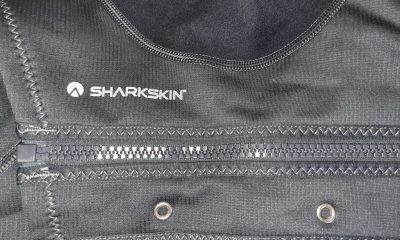
 Gear Reviews2 weeks ago
Gear Reviews2 weeks agoGEAR REVIEW – Revolutionising Diving Comfort: The Sharkskin T2 Chillproof Suit


